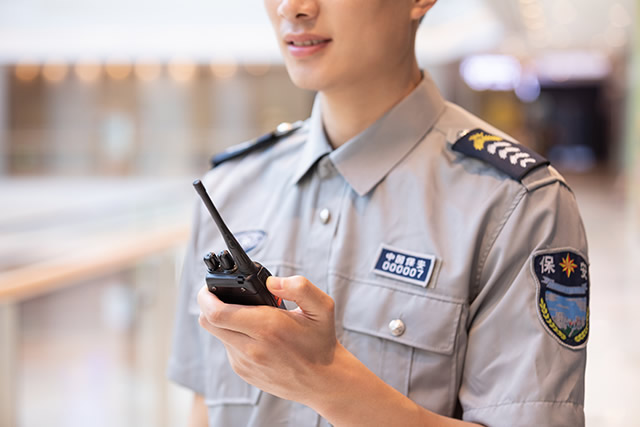In traditional analog walkie-talkies, effective communication relies on proper frequency settings. However, navigating the complexities of programming, especially with the wide array of Chinese walkie-talkie models and diverse programming software, can be a daunting task for both dealers and amateur radio enthusiasts. This guide explores the common issues encountered during walkie-talkie programming and provides solutions.

I. Understanding Walkie-Talkie Programming
Walkie-talkie programming involves modifying frequency and sub-audio settings to ensure seamless communication. The programming cable plays a crucial role by converting computer-generated information into a format readable by the walkie-talkie, essentially serving as a translator.
II. Common Issues in Walkie-Talkie Programming
1. Unable to use the walkie-talkie programming installation file:
- Avoid using Chinese or full-width characters when packaging software to prevent installation file errors.
2. Incompatibility issues with new software after encountering errors with old software:
- Reset the walkie-talkie or perform a programming operation on walkie-talkies with existing errors before attempting to use the new software.
3. Inability to open previously saved data files after software upgrade:
- Use the old software to read and write data to the walkie-talkie before switching to the new software, or manually recreate the data to avoid potential errors.
4. Errors when reading data after software upgrade:
- Initiate a walkie-talkie reset before reading or writing data, and perform the write operation first if the walkie-talkie has existing errors.
5. Failure to save files or errors during the save process after reading the walkie-talkie:
- Initiate a walkie-talkie reset before reading or writing data, and perform the write operation first if the walkie-talkie has existing errors.
6. Installation error with a "DeleteFile failed; Code 5 Access Denied" message:
- Stop all instances of the programming software in the Task Manager and reinstall the software.
7. Communication port error after turning the walkie-talkie on or off:
- Check the serial port settings in the software interface and reconnect the programming cable.
8. Identifying the latest update in the same software version:
- Check the modification time of the installation files; the one with the later modification time is likely the most recent update.
9. Error on software startup due to the absence of any serial ports on the computer:
- Ensure that the USB serial port cable driver is installed and, if needed, reconnect the programming cable while the walkie-talkie is powered on.
This comprehensive guide addresses the intricacies of walkie-talkie programming, offering insights into common issues and practical solutions for a smoother programming experience.

